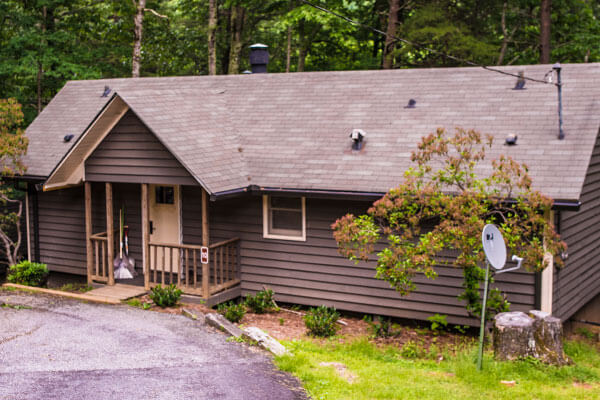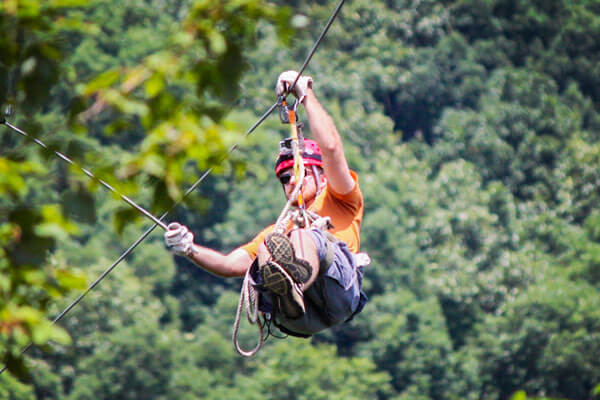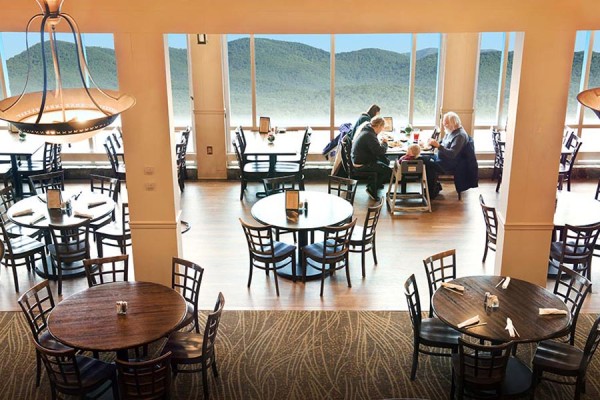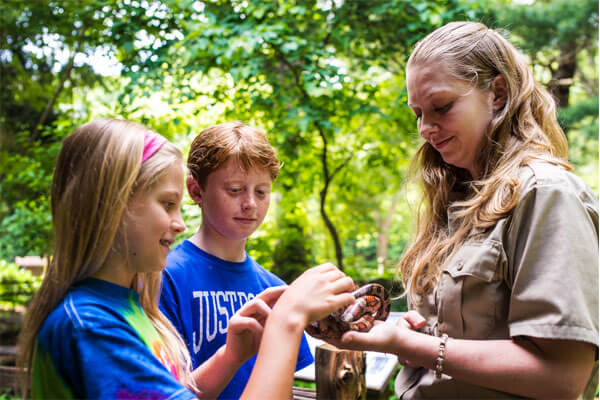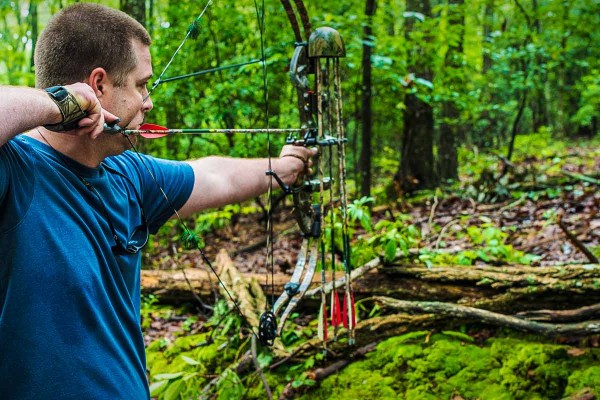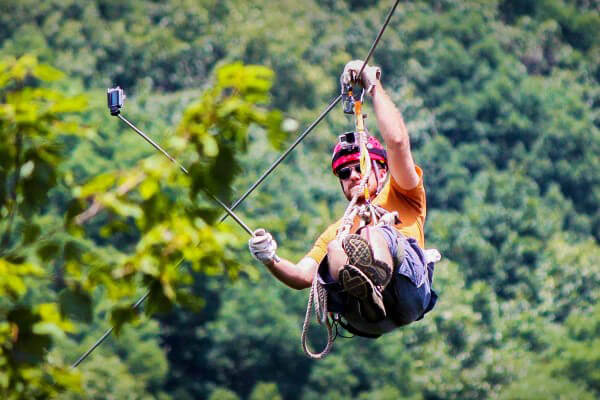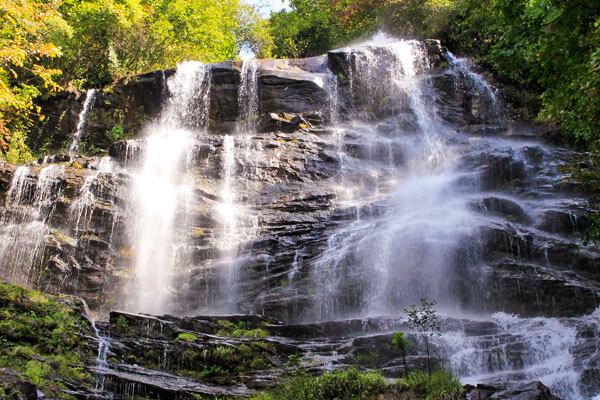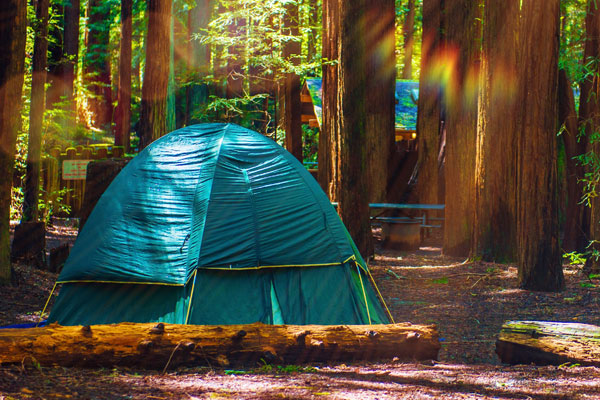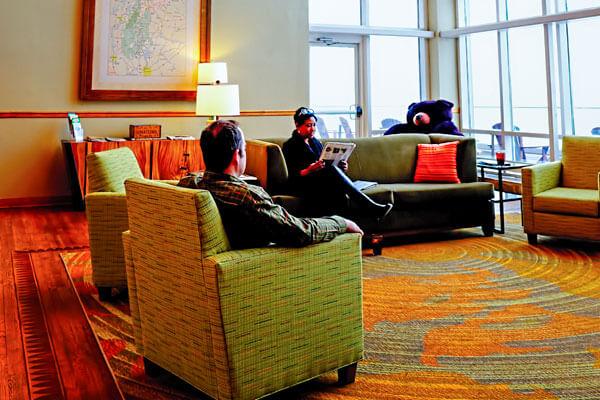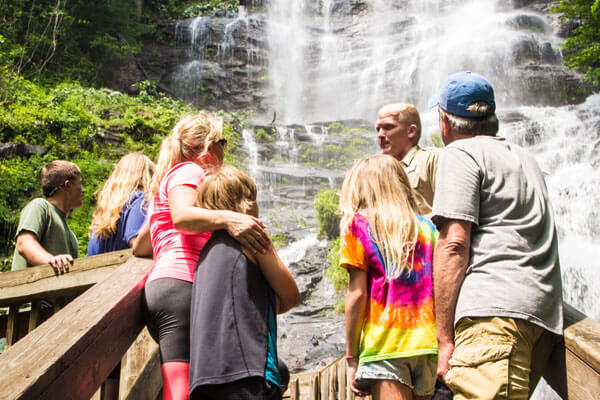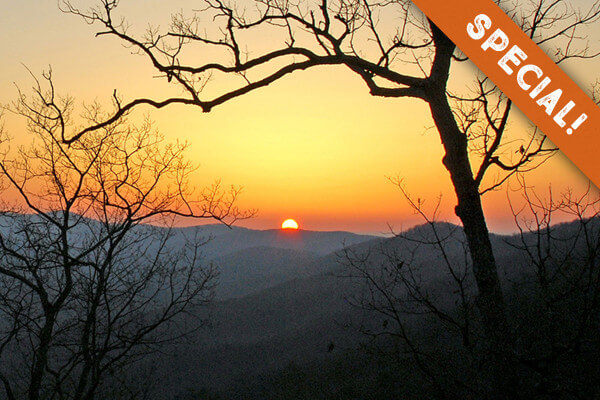Wild Animals are Our Neighbors
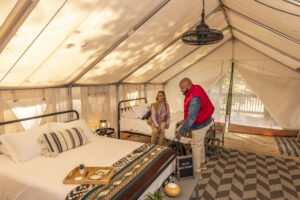 Many critters live within the beautiful forests here in the southern tier of the Appalachian Mountain range. Wild animals are our neighbors, so as an avid hiker and camper, I assembled these helpful tips that are respectful of the animals’ spaces while providing you comfort and safety.
Many critters live within the beautiful forests here in the southern tier of the Appalachian Mountain range. Wild animals are our neighbors, so as an avid hiker and camper, I assembled these helpful tips that are respectful of the animals’ spaces while providing you comfort and safety.
It’s late in the summer season now, and during the day you are likely to encounter birds, squirrels and possibly deer. Most animals are reserving their energy for hunting later in the day, at night, or in the early morning. On the Appalachian trails, what if you encounter a coyote, fox, or black bear?
Is that a dog? Wait, that’s a coyote!
All wild animals want space from people unless they have been poorly conditioned to confront us for food. If you see a coyote, fox, raccoon, deer, or any other animal that frightens you or the kids, use these tips:
- Stay calm and do not run. Running may trigger an animal’s instinct to chase.
- Make yourself appear larger by standing tall, raising your arms, and opening a jacket if you’re wearing one.
- Back away slowly but maintain a visual field of the animal without making eye contact.
- If the animal approaches, scare it away by shouting, clapping your hands, or making loud noises.
- If you have a small child or pet with you, pick them up and keep them close.
Are you “Bear Wise”?
Black bears live in the North Georgia mountains. Bears have poor eyesight but an excellent sense of smell. Because of this incredible ability to smell, the park has Bear Wise tips so the bears won’t rely on people – or our garbage – for food.
Campers in tents and RVs:
- Secure your garbage and food when camping. Store your food in bear-resistant containers or hang it from a tree at least 10 feet off the ground and 4 feet away from the tree trunk.
- Keep a clean campsite. Clean up all food scraps and dispose of them properly. Don’t leave any food or cooking utensils unattended.
Hikers on the trail:
- If you encounter a bear, give it plenty of space and walk away backward with an eye on the bear – but do not run.
- Make When hiking in bear country, talk to fellow hikers or make noise to alert bears of your presence. This will help avoid surprising them.
- Do not throw backpacks at the bear.
- Carry bear spray, and if you carry it, know how to use it effectively. Bear spray uses the same active ingredient as pepper spray — capsaicin, a chemical component of chili peppers — but at levels that make it twice as powerful.
- Educate yourself. Learn about bear behavior and signs of their presence. Understanding their habits can help you avoid potential conflicts.
Have you visited our new Visitor Center? Park rangers can help you with information about wild animals and plants native to the area. Browse the books, use the new touch screen displays, and buy souvenirs for your family and friends.
The centerpiece of this park is the magnificent 729-foot waterfall that is the third-highest cascading waterfall east of the Mississippi River. Hiking through the park  is a rewarding experience; you know that you’ve conquered the trails and can now unwind in nature’s embrace or find serenity at your campsite, a yurt, in a cabin, or in cozy Amicalola Falls Lodge.
is a rewarding experience; you know that you’ve conquered the trails and can now unwind in nature’s embrace or find serenity at your campsite, a yurt, in a cabin, or in cozy Amicalola Falls Lodge.
After you make your reservations to stay, consider the opportunities to try zip lining, trout fishing, tomahawk throwing, GPS scavenger hunts, and 3D archery. Check it out here.
Now that you know the best tips on hiking and camping with wildlife awareness, you are sure to have a wild time. I look forward to being here in the fall again! There is always something new to see and do. Have an epic time on your own adventure to this mystical forest!
By Brent M.




